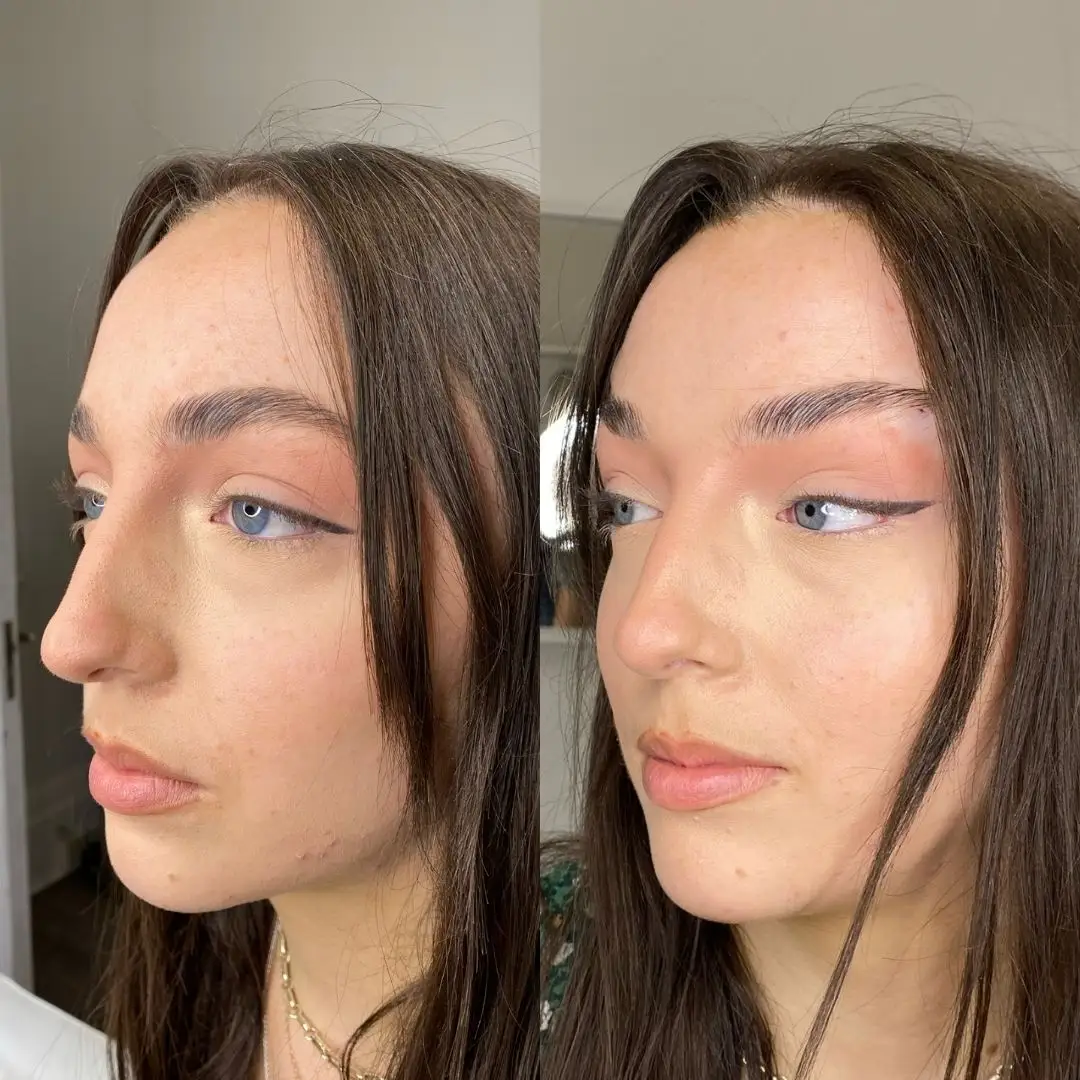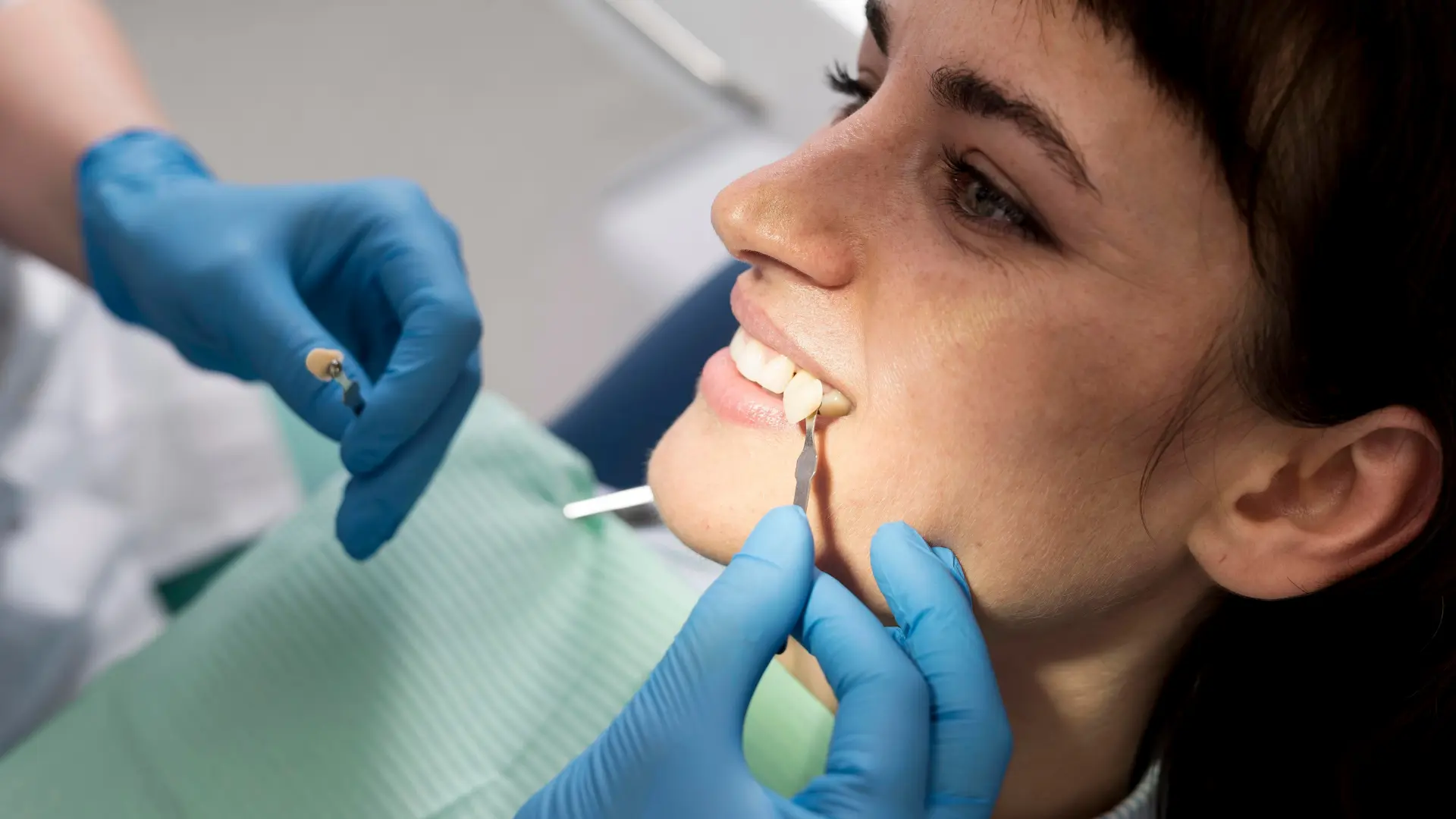In a world where one’s outer appearance plays an essential role in expressing one’s identity and sense of self, individuality is appreciated and self-expression is encouraged. For transgender women and others seeking a more feminine appearance, having facial traits that match their gender identification can be a crucial step toward authenticity and self-confidence.
This is where Facial Feminization Surgery (FFS) comes in—a comprehensive and transformative set of treatments designed to help patients achieve their vision of a more feminine and harmonious facial appearance. Read on to discover the transformative effect of facial feminization surgery!
What is FFS?
Facial Feminization Surgery (FFS) refers to a collection of surgical procedures performed to alter and feminize the facial features of people transitioning from male to female or who desire to appear more feminine. This type of surgery is widely sought after by transgender women and those with gender dysphoria who want a face that matches their gender identity.
Who might need facial gender surgery?
Transgender people who are experiencing gender dysphoria frequently seek facial gender surgery, also known as Facial Feminization Surgery (FFS). Gender dysphoria is a psychological condition caused by a misalignment of a person’s gender identity and physical appearance. FFS or FMS can be a key milestone in transgender people’s gender transition, allowing them to align their facial features with their true gender identity. It can help individuals feel more authentic, decrease stress, and improve their overall well-being.
In addition, some non-binary and gender nonconforming individuals may consider employing these procedures to express their distinct gender identity. Persons wanting a more harmonious and confident self-presentation may consider facial gender surgery to increase their self-esteem and emotional well-being outside of the transgender community.
FFS Procedures
Facial Feminization Surgery (FFS) refers to a collection of surgical operations that are performed to modify and feminize the facial features of people who are transitioning from male to female or who desire to appear more feminine. The specific combination of procedures may differ based on the individual’s facial structure and aesthetic goals. The following are some of the most common FFS procedures:
Forehead and Hairline Contouring
Forehead and hairline contouring are prominent components of Facial Feminization Surgery (FFS), which aims to feminize the facial features of transgender females or those who desire to look more feminine. These procedures are typically performed in conjunction with other FFS procedures to create a smoother, more feminine forehead and hairline.
Brow Lift and Eyelid Lift
Brow lift and eyelid lift are significant components of Facial Feminization Surgery (FFS), a comprehensive collection of treatments meant to assist transgender women or those desiring a more feminine appearance in achieving facial features that correspond to their gender identity.
A brow lift, also known as a forehead lift, is a surgical procedure that repositions and elevates the brows to make the eyes appear more open and feminine. It conceals a prominent brow ridge, which is frequently associated with a more masculine facial appearance. Elevating the brows gives the face a softer, more delicate aspect, contributing to the overall feminization of the face.
Eyelid lift surgery, often known as blepharoplasty, can treat a wide range of upper and lower eyelid problems. Upper eyelid surgery for FFS can reduce excess skin and provide a more noticeable upper eyelid crease, which is commonly thought to be a feminine attribute. Lower eyelid surgery might help you seem younger and more refreshed by reducing bags and puffiness.
Rhinoplasty for Facial Feminization
Rhinoplasty is a key component of Facial Feminization Surgery (FFS), which is used to feminize the facial features of transgender women and anyone who wants to look more feminine. The surgery seeks to restructure the nose so that it seems softer, more delicate, and feminine.
Rhinoplasty in FFS addresses these difficulties by reducing, modifying the shape, and enhancing the curves of the nose. Common changes to give a more conventionally feminine appearance include lowering the height of the nasal bridge, refining the tip, and narrowing the nostrils.
Jaw Contouring and Chin Reduction
Jaw contouring is used to correct the more prominent or square jawline prevalent in masculine facial features. It comprises making the jawline appear softer and more rounded. The masseter muscles may be shortened, the jawbone altered, or the angle of the mandible corrected to achieve a more feminine oval or heart-shaped face. By balancing the lower and upper features, the jaw shape contributes to a more feminine overall appearance.
Tracheal Shave
A tracheal shave, also known as tracheal reduction or Adam’s apple reduction, is a specialized procedure used in Facial Feminization Surgery (FFS). This therapy is usually sought after by transgender women and those wishing to appear more feminine. The tracheal shave is intended to diminish the prominence of the Adam’s apple, also known as the laryngeal prominence, which is a distinguishing feature of a masculine neck.
Liposuction and Fat Grafting
Liposuction and fat grafting are two procedures that can be used in conjunction with Facial Feminization Surgery (FFS), which is designed to help transgender women and individuals who seek a more feminine facial appearance achieve their desired look.
- Liposuction: Liposuction is a surgical procedure performed in FFS to reshape and contour certain areas of the face. Excess fat deposits are eliminated, resulting in a more masculine facial structure. Liposuction is frequently used to contour the neck and jawline. Surgeons can create a more defined, slimmer, and smoother appearance by eliminating excess fat in these areas, which is commonly seen to be a feminine feature.
- Fat Grafting: Fat grafting, also known as fat transfer, is the act of removing fat from one area of the body and injecting it into specific areas of the face to add volume and femininity. This procedure can be used to plump up areas like the cheeks, lips, or temporal region, making them appear more youthful and feminine. Fat grafting can also be performed to restore volume to parts of the face that have lost volume with time, resulting in a more balanced and harmonious appearance.
Nonsurgical Procedures for Facial Gender Affirmation
There are non-invasive ways to have a more feminine face in addition to surgical interventions for facial gender affirmation. Here are a few examples:
- Hair Removal Using Laser: Laser hair removal is a non-surgical option for those who want to get rid of facial hair. It slows hair development and makes the skin smoother and more feminine.
- Makeup for Facial Contouring: Skillfully applied cosmetics can produce optical illusions to soften facial characteristics, such as contouring to create a more rounded and feminine face shape.
- Speech Therapy and Voice Training: Voice training and speech therapy, while not a facial treatment, can assist individuals in adjusting their speech patterns and vocal pitch to better correspond with their gender identity.

Facial Feminization Surgery Procedure
Facial Feminization Surgery (FFS) is a specialized and comprehensive collection of surgical treatments targeted at addressing and feminizing the facial features of transgender women and anyone else who wants to appear more feminine. These procedures are highly tailored to each patient’s individual needs and aesthetic goals.
Forehead contouring, rhinoplasty, brow lift, cheek augmentation, lip treatments, jaw and chin reduction, tracheal shave, and soft tissue changes are common FFS procedures. The breadth and degree of these therapies are determined by consultations with skilled surgeons who specialize in gender-affirming surgery. Patients can discuss their goals and develop a treatment plan according to their gender identity and desired appearance during these appointments.
FFS Recovery
Recovery after Facial Feminization Surgery (FFS) is a critical step in the process, and it varies depending on the therapies used, individual healing variables, and the patient’s overall health. In the days following FFS, patients commonly experience some swelling, bruising, and discomfort. Pain management is crucial, and medicines prescribed by the surgeon can help reduce post-operative discomfort. Cold compresses and elevating the head may also aid in the reduction of edema.
Patients are usually recommended to relax and reduce physical activities for the first week or two. At a follow-up appointment, stitches or staples are removed, and bandages may be replaced. Drains used during surgery are frequently removed at this time as well.
FFS with Dr. Burak Sercan
Dr. Sercan, a top expert in the field of FFS, is committed to assisting clients in achieving a more feminine facial appearance that is consistent with their genuine gender identity. ‘
We hope to be your guide as you embark on your empowerment and confidence path to a more feminine self. Schedule your consultation today and start living the life you’ve always wanted!











